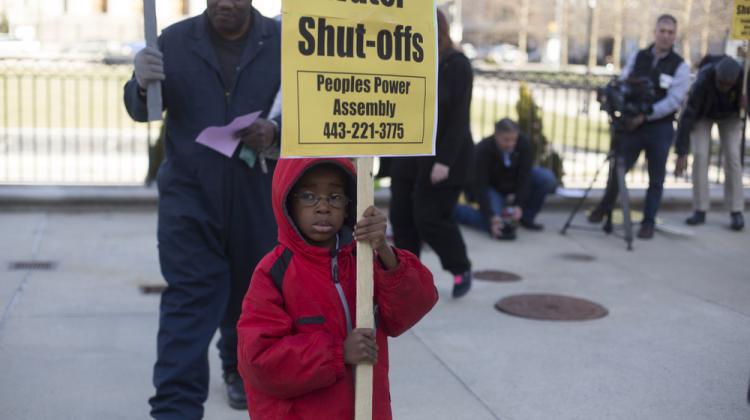American Water Shut-Offs

As steeply rising water rates have outpaced low-income customers’ ability to pay, especially in cities like Detroit and Baltimore, mass water disconnections and ‘pockets of water poverty’ are signaling the onset of a water affordability crisis in urban America. Rather than joining scholars and advocates in mobilizing against current utility practices, we propose to work with all the relevant stakeholders to invent alternatives to cutoffs. Our aim is to promote financially sustainable and socially equitable solutions that will make drinking water affordable for all urban residents, regardless of their income, class and race. We are working to understand the causes of water cutoffs, the effects they have on different segments of the population and possible ways of avoiding them in the first place, even for families that can not pay their bills.


